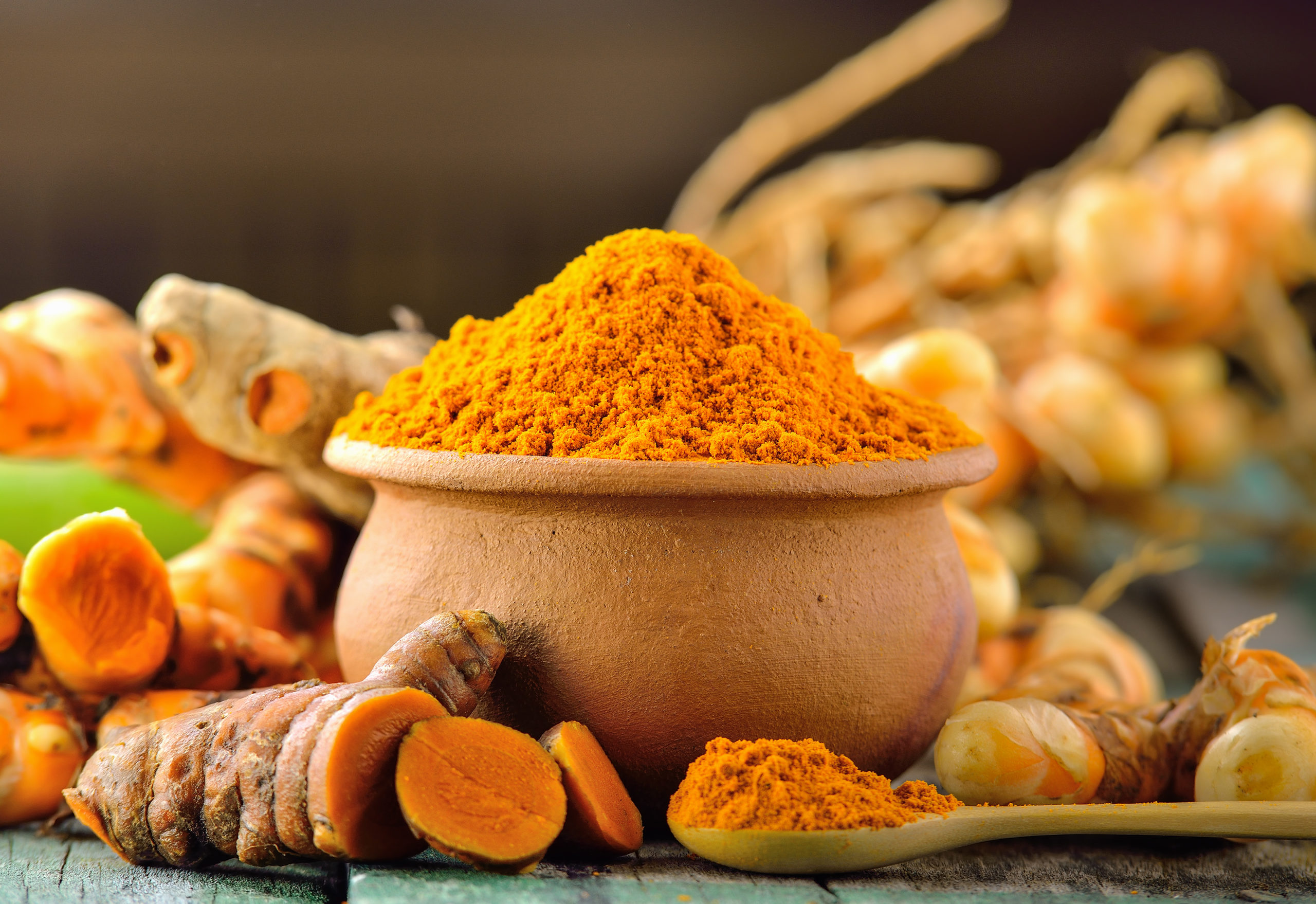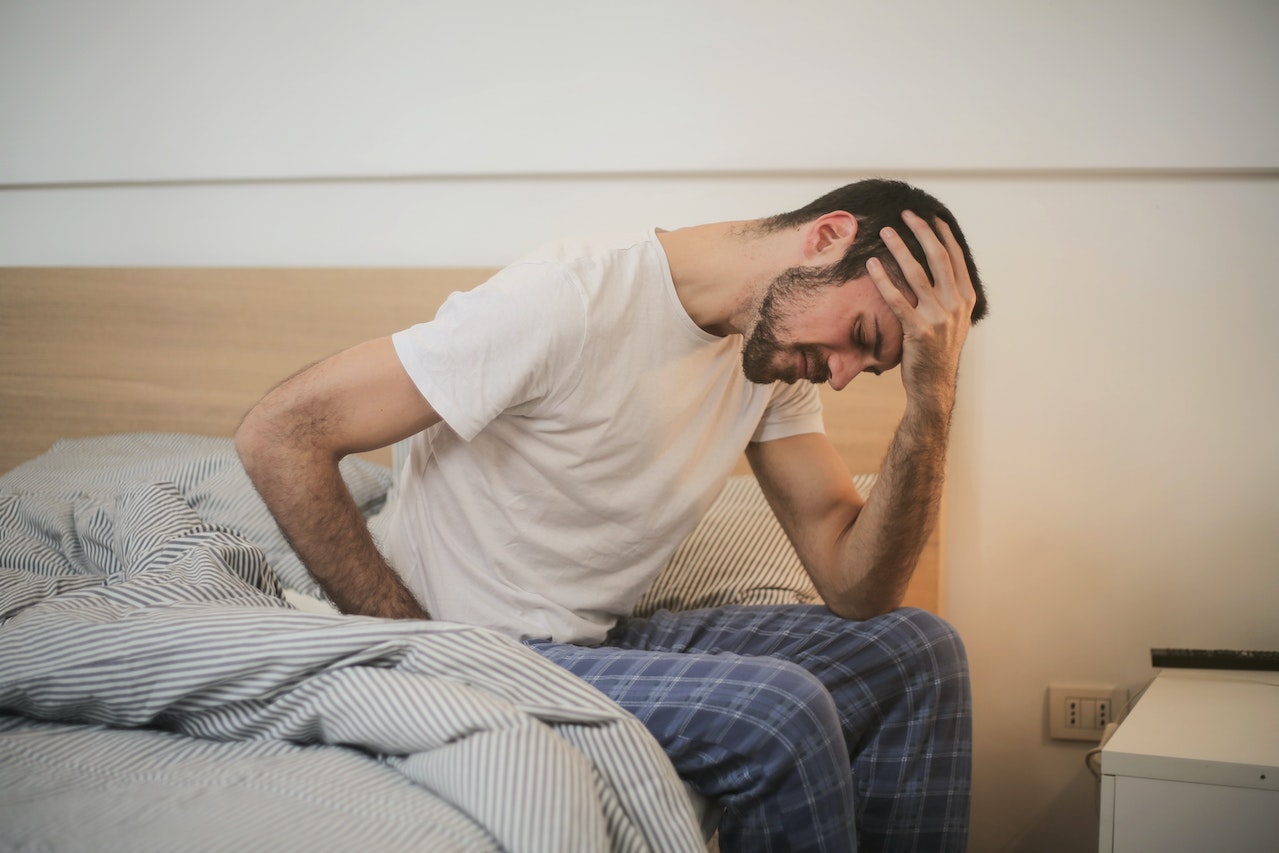Turmeric Supplement More Effective Than Placebo for Osteoarthritis Knee Pain


Pain. This is one four letter word that you most definitely can say in mixed company! Most people can relate to each other when the topic is physical pain. The very fact that we possess a body makes each of us a candidate for any variety of physical pain. This unpleasant sensory occurrence can be described in myriad ways, like “stabbing”, “pinching”, “aching”, “throbbing”, “steady”, and the list goes on.
Types of pain
Although pain is not easily classified into types because some can fall into more than one category, here are some of the common classifications:
- Acute Pain. It is a pain that has a “short duration” from minutes to three months. It’s regularly associated with tissue damage or some short-duration illness.
- Chronic Pain. This type of pain can be constant or intermittent, lasting from a few months to years. Commonly chronic pain is related to illnesses such as fibromyalgia, arthritis, etc.
- Neuropathic pain. It is caused by damage to the nerves or a part of the nervous system. This type of pain is often described as feeling pins and needles or shooting, stabbing, or burning pain.
- Radicular pain. It presents itself when the spinal nerve gets compressed or inflamed. The pain goes from the back and hip to the leg, causing tingling, numbness, and muscle weakness. This pain is known as radiculopathy or sciatica because it affects the sciatic nerve.
- Nociceptive pain. It’s a result of body tissue damage, like in the case of an external injury. It is a sharp, achy, or throbbing pain. This type of pain often affects the skin, muscles, tendons, bones, and joints, and it can be acute or chronic.
Back Pain
Our backs hold an intricate system of muscles, bones, ligaments, and joints, a system that can be suddenly disrupted by injuries or illness, causing severe complications to our wellbeing.
Furthermore, back pain is a significant cause of complaint among Americans. One study predicted that between 50% to 80% of the United States population, from adolescents to elderly citizens, will face at least one episode of back pain at some point during their lifetime. (1)
Additionally, not all back pain is the same, which can make it complicated to find the source of the pain. Back pain can be the result of irritated joints, strained muscles, sprained ligaments, or ruptured disks.
If you suffer from back pain and are ready to find relief, click here to learn more about how.
What are Turmeric and Curcumin?
Perhaps you have heard the words turmeric and curcumin being used interchangeably, but they are not the same at all. There are important differences between the two. Turmeric is a root from the ginger family, a spice commonly used in Indian cuisine in a variety of dishes like curries, soups, and teas. Most of the time, turmeric refers to the spice resulting from grinding the turmeric root with a characteristic bright orange/yellow color. Turmeric contains curcuminoids that are bioactive compounds, in which curcumin is the one present in a higher percentage. In other words, turmeric has 2% to 9% of curcuminoids, and from these curcuminoids, 75% are curcumin. (2)
Turmeric and Curcumin for Back Pain
Even though turmeric and curcumin had been used as a remedy for thousands of years in the Ayurvedic medicine system, it is only in recent years that it has been the subject of studies trying to evaluate its health benefits as well as their effectiveness in the treatment of various illnesses.
Several clinical trials have demonstrated that curcumin has anti-inflammatory and antioxidant properties. These may benefit health conditions like colitis, chronic neurodegenerative diseases, arthritis, and may relieve pain in various parts of the body (3).
Interestingly, recent studies indicate that turmeric can help alleviate lower and upper back pain. Because of its potential to reduce inflammation, curcumin has been shown to ease the pain associated with the sciatic nerve, herniated discs, and spinal cord injuries. (4)
However, it should be noted that curcumin does not repair herniated discs, sciatica, or spine-related ailments. But reducing inflammation improves the flow of oxygen and nutrients, and that can speed up the healing process.
Joint Pain
Joints are meaningful connections between your bones, bringing support and movement to various parts of your body. When joints get damaged because of an injury or disease, they can limit the range of motion and cause pain. Unfortunately, joint pain is suffered by many. In a survey, 30% of American adults said to have experienced joint pain in the last 30 days, and from those, 18% endure knee pain. (5)
Understanding Knee Pain
Sadly knee pain is a widespread affliction that can target people of any age. It can show unexpectedly or be caused by an injury. It may start as a minor discomfort and grow into a chronic problem.
Our knees can experience pain due to problems with the different structures they are connected to. For example the bones (femur, tibia, fibula) that are in contact with the knee joint. It can also be affected by issues with the ligaments, tendons, and cartilage present in the knee area.
Factors such as being overweight, level of physical activity (overuse or underuse of the joint), even a foot injury may put you at risk of knee pain.
Knee Pain and Turmeric (6)
In a clinical trial conducted in Tasmania, Australia, researchers provided turmeric capsules and a placebo to a group of patients suffering from knee osteoarthritis for 12 weeks. After the trial time, the researchers reported that the turmeric supplement group experienced a reduction in knee pain versus those who took the placebo. Also, the turmeric group used less pain medication than the placebo group.
While recent studies show the benefits of incorporating turmeric and curcumin into the diet of individuals experiencing back or knee pain, it is good to keep in mind that adding healthier lifestyle habits can help manage or prevent back pain. Here are just a few areas to consider:
- Avoiding long periods of inactivity or bed rest.
- Maintaining proper posture.
- Keeping active.
- Having a healthy diet.
- Staying in the recommended weight.
- Warming up or/and stretching before physical activities.
- Sleep on a medium firmness mattress to minimize any curve in the spine.
- Be careful when lifting heavy objects, do not twist.
- Wear comfortable shoes.
- Quit smoking. Smoking impairs blood flow which causes oxygen and nutrient deficiency to spinal tissues.
- Consult a chiropractor for tips and the appropriate type of physical therapy to aid your back pain.
Sources:
- https://pubmed.ncbi.nlm.nih.gov/17445733/
- https://www.ncbi.nlm.nih.gov/pmc/articles/PMC3011108/
- https://www.ncbi.nlm.nih.gov/pmc/articles/PMC3596124/
- https://www.ncbi.nlm.nih.gov/pmc/articles/PMC4686230/
- https://www.cdc.gov/mmwr/preview/mmwrhtml/mm5717a9.htm
- https://www.acpjournals.org/doi/10.7326/M20-0990









